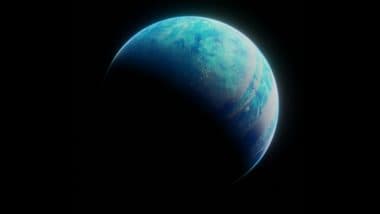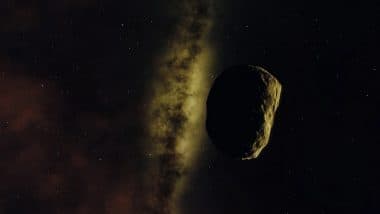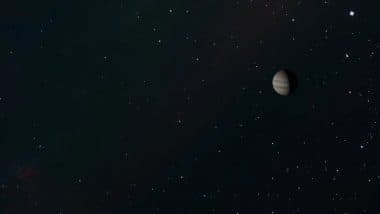In the recent past, there has been an increase in the claims by researchers and scientists trying to prove the presence of alien life. According to scientists at Cornell University in Ithaca, New York, high levels of radiation is bombarding many Earth-like exoplanets close to the solar system. The research was published in Monthly Notices of the Royal Astronomical Society. In 'Lessons from Early Earth: UV Surface Radiation Should Not Limit the Habitability of Active M Star System', the authors say that all of life on Earth today evolved from creatures that lived during an era when much higher levels of UV radiation assault was present.
The research authors, Lisa Kaltenegger, associate professor of astronomy and director of Cornell's Carl Sagan Institute, and Jack O'Malley-James, a research associate at the Carl Sagan Institute, in the study asks: 'Does the evolution of life actually require high levels of radiation?' Aliens Are Existing Since 15th Century? Ancient Painting Suggested as a Proof by Conspiracy Theorists.
The study states that Proxima-b, which is the closest known Earth-like rocky planet and 4.24 light-years away from our solar system, receives 250 times more X-ray radiation than Earth. Researchers argue that the planet may support life as humans which evolved from creatures have also endured greater bombardment on Earth four billion years ago, yet evolved and survived. Purple Aliens in The Universe? Study Suggests New Dimension into Search for Extraterrestrials.
Further trying to prove their claims, researchers modelled the surface UV environments of the four exoplanets which closest to Earth that is potentially habitable: Proxima-b, TRAPPIST-1e, Ross-128b, and LHS-1140b. Then the levels on Earth throughout its evolution and mortality rates at different UV wavelengths of extremophiles were compared to those of the planets. The models say that not all UV radiations are damaging.
Check out the video below:
The model shows thin ozone levels and high-energy UV radiation which reaches the ground. It also states that even for planet models with ozone-poor atmospheres, surface UV radiation remains below early the levels of Earth. Hence, they say that all of them could support life if provided with protective features like pigments or biofluorescence. Aliens To Contact in the Next 15 Years? Watch the Video of 7 Recent UFO Sightings.
The study says, "Given that the early Earth was inhabited we show that UV radiation should not be a limiting factor for the habitability of planets orbiting M stars. Our closest neighbouring worlds remain intriguing targets for the search for life beyond our solar system."
Proxima-b, TRAPPIST-1e, Ross-128b, and LHS-1140b often spit out high-energy UV radiation at their planets that have the potential to damage biological molecules. While it could devastate the planet's atmosphere, the levels of UV radiation these four planets receive are higher than emitted by the Sun. Hence, they get significantly lower radiation than what the Earth received 3.9 billion years ago.
(The above story first appeared on LatestLY on Apr 12, 2019 01:34 PM IST. For more news and updates on politics, world, sports, entertainment and lifestyle, log on to our website latestly.com).













 Quickly
Quickly





















